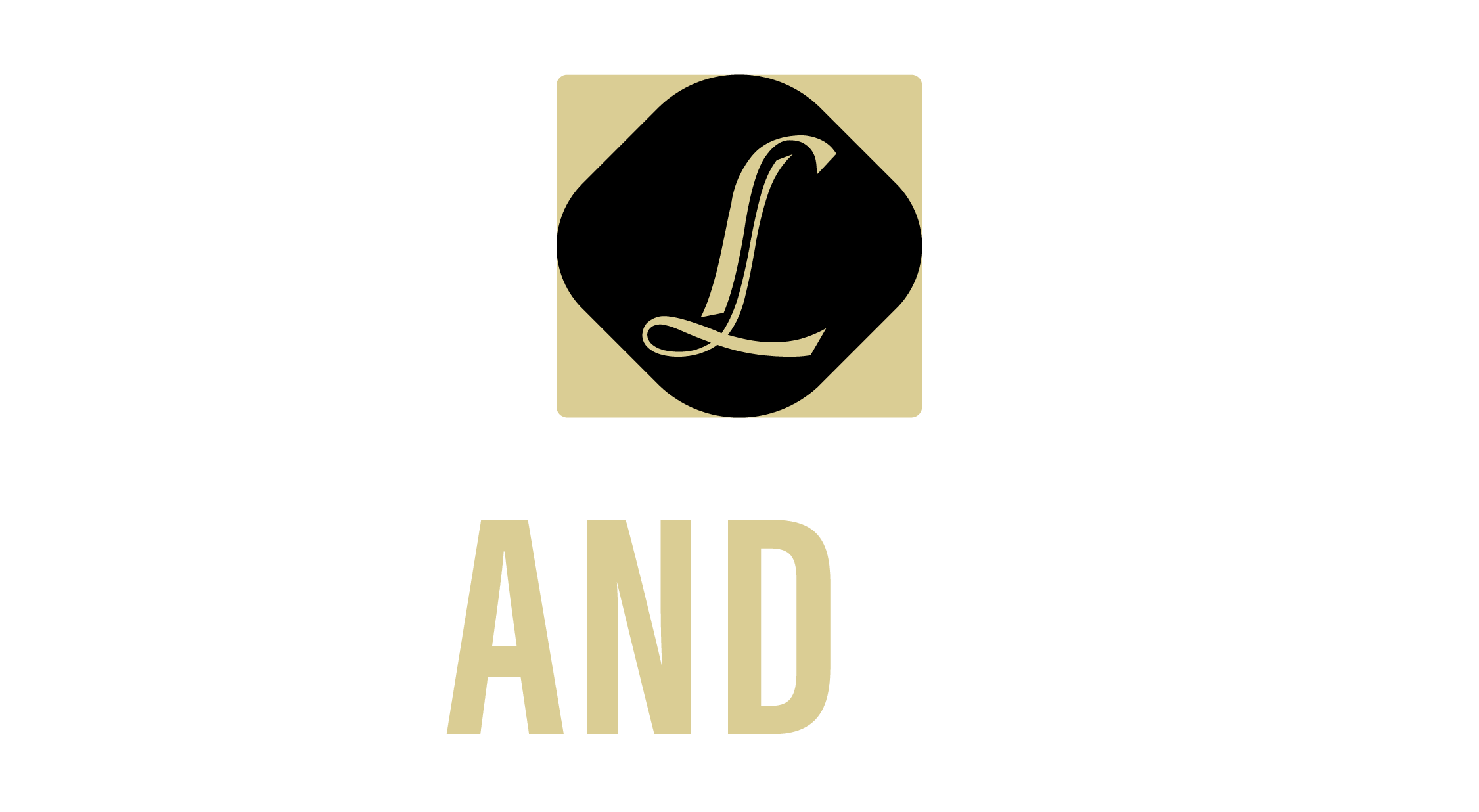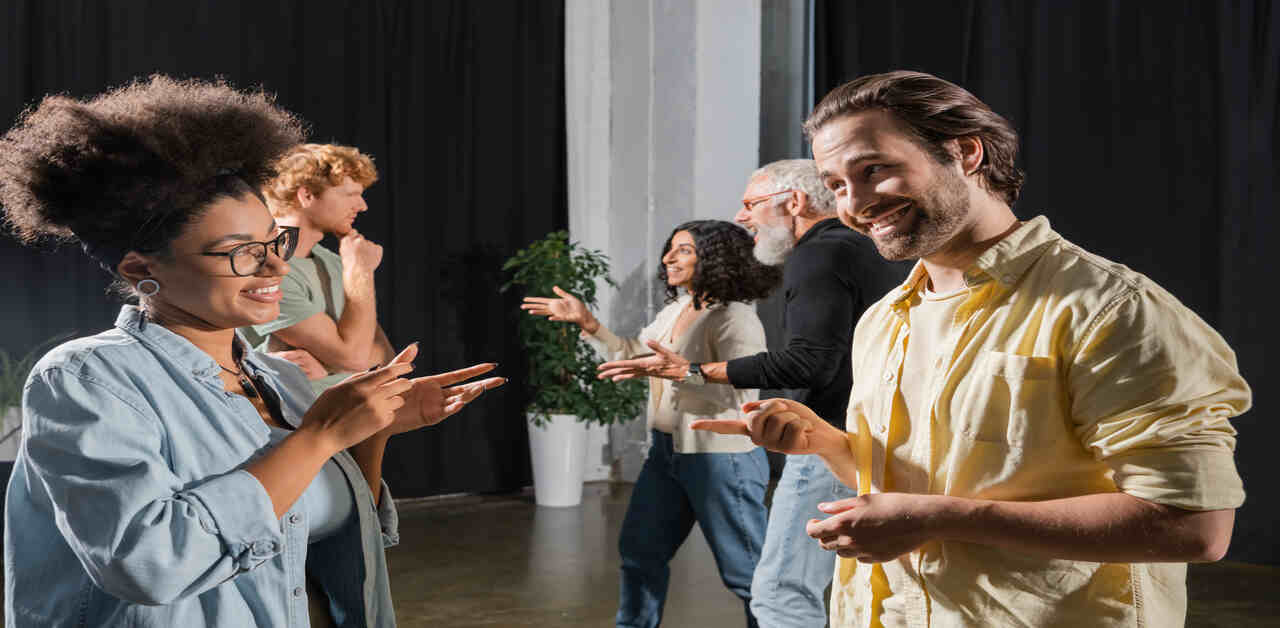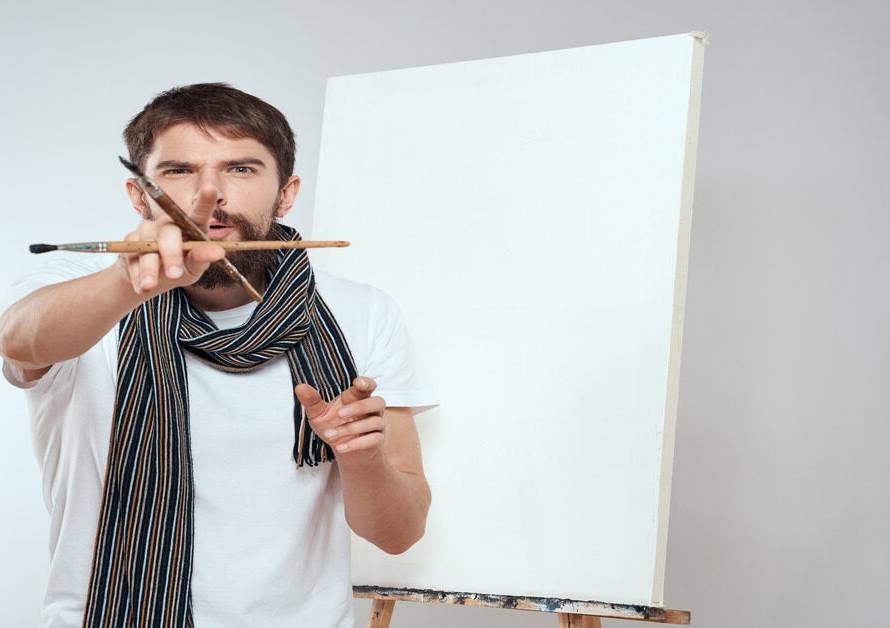One more song, one more meme, one more clip before your coffee cools these moments ripple out to millions and shape today’s conversations. In everyday life, education and the arts intersect as we watch films and share memes, visit galleries and performances, and join community events. This isn’t just leisure; it builds identity, strengthens community, and fuels the creative economy. In this post, we’ll explore the role of entertainment and the arts in contemporary society, why they matter, and how to connect them in practical, accessible ways through cultural connections engagement.
Simple History-Stream to Stream.
Arts and entertainment have a long history. The ancient society communicated through rituals, narration and acting. Mass media has also been brought into the scene with the enhancement of technology in which the mass media through radio, film and television can reach more people. Streaming websites have brought a new revolution to the way we view the content we hear or watch and made it more interactive and available. The audiences are not passive consumers anymore but creative ones re-editing videos and collaborating with established musicians.
The significance of this development is that it has brought more exposure to culture, and it has also established a community relationship worldwide. This is because the rate of movement of culture has become possible such that sharing of ideas and experiences can be more enriching.
Culture Impact Tales, Culture, and Pop Culture Trends.
Entertainment and arts are extremely significant to the way we cognitively perceive the world. They provide descriptions and as such determine our identities and help to bridge various groups. Film, music, and visual arts have become more accommodating and this has brought so many voices and stories that have accessed the audience.
The reason is that trends of pop culture like viral attributes, hits, and hits songs and shows, among others, create a shared experience that is then debated on to create a point of contact. These cultural objects cause us to identify with one another and offer a sense of belonging and a community.
One such example is the fact that a documentary can motivate local activism and a good song can leave memories and emotions that might span decades. The opinions and discussions that we engage in as well as the importance of the different stories in shaping societal values can never be underestimated by the stories that we view.
The Creative Economy
Creative talents involved in every staging or product of content are often not seen. Creative economy is a broad term, and it encompasses writers, producers, sound engineers, and employees at the venue. All these individuals contribute to the overall experience, as well as making the art accessible to the audience.
Opening placement Cultural Connections Engagement strengthens the creative economy, helping local communities generate jobs and build tourism. Galleries, local events, theatres, and festivals also drive neighborhood revitalization and broader economic growth. When individuals engage with local arts, they sustain a healthy cultural ecosystem that benefits everyone.
Art As a Cure to Sane Mind.
The electronic platforms have changed the way the entertainment sector is going to be and have influenced how we locate and use creative media. Algorithms determine what we perceive and may be helpful and restricting in exposing us to diverse voices. The creation of video content in short format is possible within a lesser period of time; conversely, the long-form content provides a more in-depth value and a touch.
The emergence of direct-to-fan models, such as memberships and live performances, will help artists to conduct a viable career without necessarily depending on the old gatekeepers. This transformation makes it seem as part of a community, as the fans become more involved with the making process and marketing the artists they are following.
Immersive Experiences and AI in Art
Opening placement Cultural Connections Engagement is accelerating how technological advancements open new possibilities for artistic expression. Immersive experiences, such as augmented reality (AR) and virtual reality (VR), invite audiences to engage with art in innovative ways. These formats enhance traditional storytelling by creating interactive environments that allow for deeper connections.
Additionally, artificial intelligence (AI) is becoming a valuable tool for artists, aiding in the creative process by generating ideas, editing content, and even crafting new forms of art. These technologies complement human creativity rather than replace it, emphasising the importance of collaboration between artists and technology.
Mental Health and Arts Education
Participation in arts can be important to mental health and personal wellbeing. Creative tasks are able to alleviate stress, promote emotional expression and develop a sense of belonging. Community choirs, art classes or community theater production may all contribute to the quality of our life.
Education in arts is important in cultivating the much needed skills, including creativity, teamwork, and strength. Students who are exposed to arts develop confidence and know how to express themselves. Moreover, community initiatives that facilitate access to the arts are used to ensure that all people regardless of their backgrounds can be involved and enjoy these experiences.
Challenges and Ethics
The entertainment industry is experiencing a revolution, and it is undergoing various challenges. The attention economy may cause overload such that the audiences are not able to immerse themselves in a piece of information. Create limits like viewing schedules and device-free times which allow one to refocus.
The problem of misinformation and deepfakes is increasing, and media literacy is needed. Once the viewers are educated to check the sources and get acquainted with the consequences of mismanipulated information.
Opening placement Cultural Connections Engagement underscores that fair pay and proper credit for creative professionals remain urgent issues. As the industry evolves, contracts must be clearer and compensation fair for everyone contributing to the creative ecosystem to ensure sustainability. Additionally, green operations in production and events are increasingly vital to minimize environmental impacts.
Very Simple Steps on How to Engage More Deeply.
It does not need an investment to engage in the arts and entertainment. The following are some of the simple ways of engaging
Curate Your Culture Diet: Have a Balance between mainstream and indie movies, local theatre, and international music. Learn about new artists on a regular basis
Support Local: Go to local events and visit the galleries as well as local arts activities. Your attendance and support would help.
Pay for What You Love: Make direct investments to artists by purchasing tickets, subscriptions, and merchandise. This assists in keeping up the work that you appreciate.
Participate: Take part in classes, form a book or film club or participate in community art work. Creative activities can make you have a better appreciation of the arts.
Take Your Time: Set aside time to read long pieces of work, be it an album, a play, or a visit to a museum. Unplug to experiences by disconnecting with distractions.
Final thinking
Entertainment and the arts are not only contents, they are important links that add value to our lives. With the ongoing development of digital tools, creator platforms, and community spaces, an increasing number of people will be able to participate in the creation and maintenance of culture. When we value fair compensation, media literacy and access we will build an open and participatory future which will benefit both creators and audiences. Your task: this week please name one creator or local event to attend and invite one of your friends.
Frequently Asked Question
1. So what is the relevance of entertainment and the arts in society?
Entertainment and the arts determine the culture, build community relationships, and shape personal identities and are therefore key to social cohesion.
2. What impact are digital platforms having on our consumption of art?
Digital media offer more opportunities to access various content, but are also restrictive in terms of exposure due to algorithms and it is highly important to find a variety of voices.
3. What is the creative economy?
Creative economy involves all the employment in the arts and entertainment sector such as jobs in production, marketing and also event management.
4. What does the engagement in arts do to mental health?
Reading and participating in creative tasks lowers stress and encourages subjects to express themselves and to feel belonging and community.
5. What are the issues with the arts in the contemporary world?
Among these are the excessive attention of digital content, misinformation, equitable payment of creators, and sustainability of the manufacturing process.





